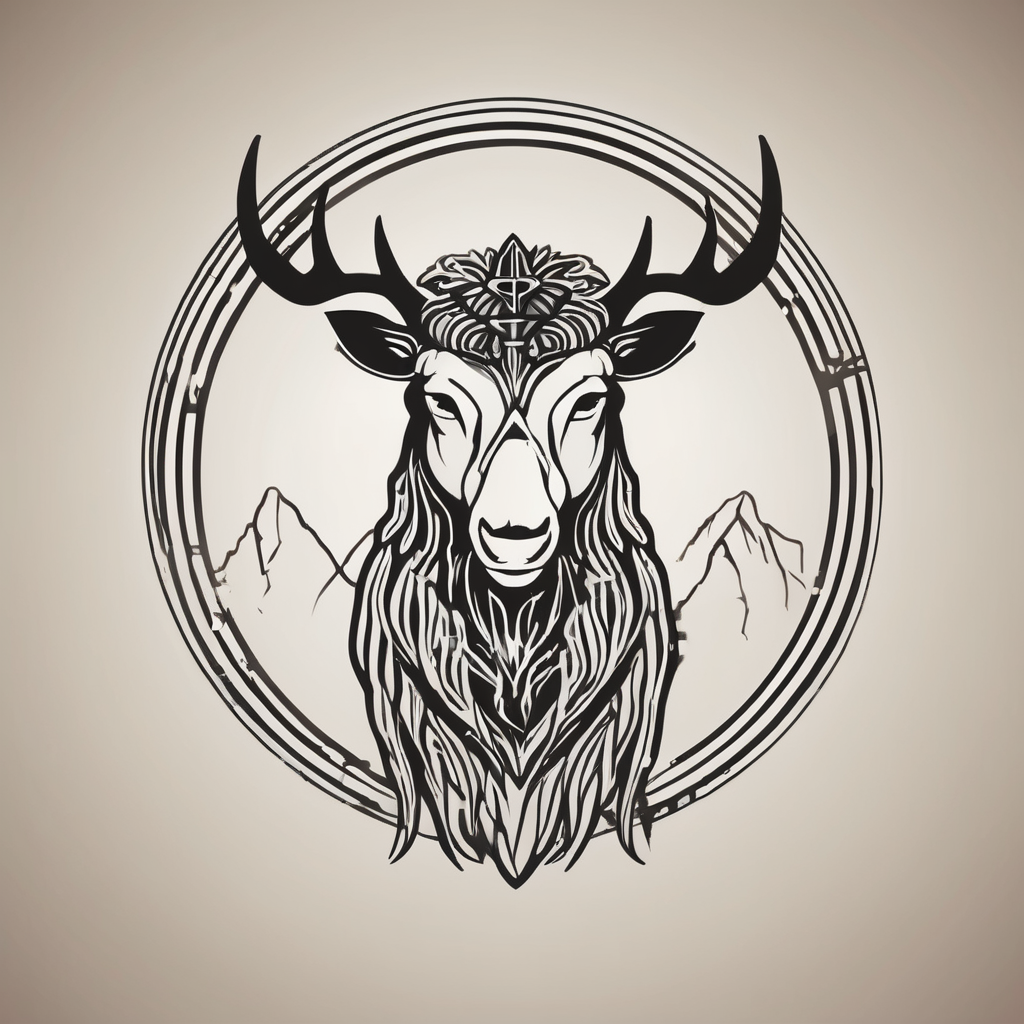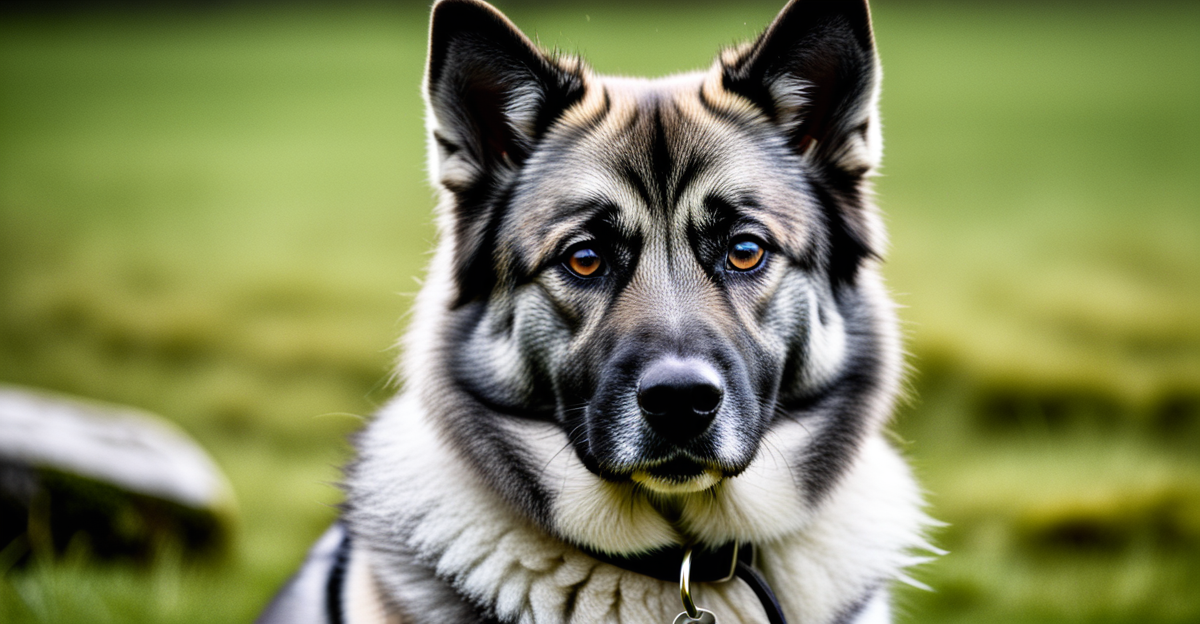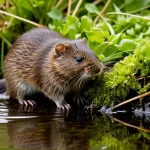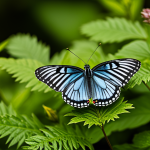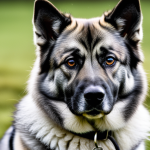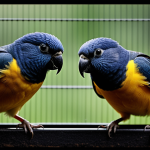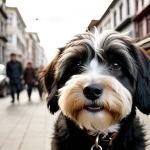Essential Steps for Outdoor Flea Prevention in Norwegian Elkhounds
Early recognition of flea presence is crucial for effective outdoor flea prevention in Norwegian Elkhounds. Owners should monitor for common signs such as frequent scratching, reddish skin irritation, and visible flea dirt, especially after outdoor activities in grassy or wooded areas. Norwegian Elkhounds are particularly at risk in environments where wildlife hosts fleas, increasing the chance of infestation.
Immediate actions to protect your Norwegian Elkhound include regular grooming to remove fleas mechanically and applying veterinarian-recommended flea preventatives specifically formulated for outdoor use. These products act as a barrier, reducing the likelihood of flea attachment and reproduction on your pet.
A découvrir également : Essential Tips for Mastering Tibetan Terrier Socialization in Busy Urban Settings
Routine checks are essential for sustainable flea infestation control. This involves inspecting the dog’s coat weekly, especially around the neck, tail base, and underbelly, where fleas prefer to hide. Combining grooming with proactive habits such as washing pet bedding often and maintaining a clean outdoor environment creates a protective routine. By implementing these strategies, owners can significantly reduce the risk of flea issues outdoors while ensuring their Norwegian Elkhound remains comfortable and healthy.
Essential Steps for Outdoor Flea Prevention in Norwegian Elkhounds
Effectively managing outdoor flea prevention for Norwegian Elkhounds begins with recognising early signs of flea presence. Watch for frequent scratching, red skin, and small black specks—flea dirt—especially in the thick fur where fleas thrive. Understanding these early indicators enables prompt action to protect your dog.
Sujet a lire : Best Cooling Vests to Keep Your English Bulldog Comfortable and Cool in Summer Heat
Immediate steps involve using appropriate Norwegian Elkhound flea protection measures, such as applying vet-approved topical repellents designed for outdoor use. Physical barriers like collars combined with regular grooming reduce flea exposure. Fleas are more prevalent in warm, humid environments and during peak months, so consider environmental risk factors constantly.
Routine checks and proactive habits ensure ongoing flea infestation control. Assess your dog’s coat and skin weekly, focusing on areas like the neck and tail base. Implement outdoor maintenance by clearing leaf litter and tall grass, which serve as flea habitats. Consistency is key; prevention efforts require regular monitoring and timely treatment to avoid infestations becoming severe.
By integrating these essential steps, owners can significantly reduce the flea burden on Norwegian Elkhounds, ensuring their comfort and health while enjoying outdoor activities.
Tailoring Flea Control to the Norwegian Elkhound Breed
Norwegian Elkhounds have a distinctive double-layered coat, which requires breed-specific flea care to achieve effective flea infestation control. The dense undercoat provides ideal hiding spots for fleas, making thorough inspection and treatment essential. Owners should be aware that this breed’s coat can trap flea eggs and larvae, increasing the risk of reinfestation if not addressed comprehensively.
What special considerations are needed for treating Norwegian Elkhounds’ coats? Treatments must penetrate both the top guard hairs and the insulating undercoat to reach fleas at all life stages. This means using products designed for thick, double coats to ensure efficacy without causing skin irritation. Grooming tools such as fine-toothed flea combs are invaluable for detecting and removing fleas hidden deep in the coat fibers.
Breed sensitivities also play a role: some Norwegian Elkhounds can react adversely to certain chemicals. It is crucial to select flea prevention products tested safe for this breed. Regular monitoring following treatment helps catch any issues early and prevents resistance buildup, supporting lasting Norwegian Elkhound flea protection outdoors.
By addressing these unique coat and sensitivity factors, owners can tailor flea infestation control to the Norwegian Elkhound’s specific needs, ensuring greater protection and comfort.
Essential Steps for Outdoor Flea Prevention in Norwegian Elkhounds
Recognising early signs of flea presence is vital for outdoor flea prevention in Norwegian Elkhounds. Frequent scratching, restlessness, and finding flea dirt—tiny black specks—in thick fur indicate potential infestation. Fleas often thrive in warm, humid outdoor environments, particularly in leaf-littered or grassy areas, elevating the risk for active dogs. Norwegian Elkhounds’ dense double coat can conceal fleas, so careful inspection is necessary.
Immediate protection involves using Norwegian Elkhound flea protection products recommended by veterinarians for outdoor use. Topical treatments, flea collars, or oral medications that deter fleas before they attach are effective first lines of defense. These methods interrupt the flea life cycle, preventing reproduction and population growth on your dog.
Routine checks and proactive habits are critical for successful flea infestation control. Examine your dog’s coat weekly, focusing on common flea hiding spots like behind the ears, neck, and tail base. Combine grooming with environmental measures such as regularly cleaning bedding and maintaining an uncluttered outdoor space. Consistent application of flea preventatives tailored for outdoor conditions greatly reduces infestation risks and helps keep your Norwegian Elkhound comfortable and healthy in all seasons.
Natural and Chemical Treatment Solutions for Outdoor Use
Choosing the right outdoor flea treatment options for Norwegian Elkhounds involves balancing effectiveness and safety. Veterinarian-approved chemical flea controls, like spot-on treatments and collars, penetrate the deep double coat and reach fleas at various life stages. These products provide effective flea infestation control when used correctly and according to breed-specific recommendations.
For owners preferring gentler approaches, natural flea remedies offer alternatives such as essential oils—lavender or cedarwood—known for repelling fleas. However, these require caution: not all essential oils are safe for the Norwegian Elkhound’s sensitive skin. Always dilute oils properly and perform patch tests before wider application.
To maximize safety in Norwegian Elkhound flea protection, avoid harsh chemicals that can cause skin irritation or adverse reactions. Frequent washing of treated areas and keeping application sites dry are essential steps. Combining both natural and chemical treatments, under veterinary guidance, can enhance flea control outcomes while minimizing health risks.
Ultimately, selecting and applying treatment solutions outdoors demands awareness of your dog’s coat, sensitivities, and environment to sustain lasting protection against fleas.
Essential Steps for Outdoor Flea Prevention in Norwegian Elkhounds
Recognising early signs of flea presence is crucial for effective outdoor flea prevention in Norwegian Elkhounds. Owners should watch for increased scratching, restlessness, and spotting flea dirt—small black specks that indicate active fleas. Norwegian Elkhounds’ dense double coat can conceal fleas easily, so it’s essential to inspect common hiding spots such as the neck, behind the ears, and tail base weekly.
Immediate actions for Norwegian Elkhound flea protection include applying vet-recommended topical treatments or oral medications that target fleas before they reproduce. Flea collars designed for outdoor use further enhance protection by creating a lasting barrier. Since fleas flourish in warm, humid outdoor environments, combining these treatments with environmental management sets a robust defence.
Implementing routine checks and proactive habits significantly improves flea infestation control. Regular grooming with fine-toothed flea combs can physically remove fleas and eggs trapped in the thick undercoat. In addition, maintaining clean bedding and clearing leaf litter from outdoor areas reduces flea habitats. Consistent use of these prevention strategies helps keep your Norwegian Elkhound free of fleas, comfortable, and healthy across all seasons.
Essential Steps for Outdoor Flea Prevention in Norwegian Elkhounds
Effective outdoor flea prevention for Norwegian Elkhounds begins with recognising early signs of flea presence. Watch for frequent scratching, restlessness, or small dark flecks called flea dirt, especially in dense areas like the neck and tail base. These signs indicate potential flea activity that requires immediate attention. Understanding risk factors helps prevent infestation—warm, humid environments and areas rich in leaf litter or tall grass increase flea exposure for active Norwegian Elkhounds.
Immediate actions for Norwegian Elkhound flea protection involve applying veterinarian-recommended topical treatments, collars, or oral medications designed for outdoor use. These products interrupt the flea life cycle by preventing fleas from attaching or reproducing on your dog. Additionally, regular grooming with fine-toothed flea combs removes existing fleas mechanically and aids careful inspection.
Routine flea checks, performed weekly, are critical for sustainable flea infestation control. Consistently inspect common flea hiding spots and combine this with environmental maintenance—clearing debris and washing pet bedding frequently reduces flea breeding grounds. Together, these proactive habits build a strong, ongoing defence against outdoor flea threats, ensuring the Norwegian Elkhound remains comfortable and protected.
Essential Steps for Outdoor Flea Prevention in Norwegian Elkhounds
Recognising early signs of flea presence is critical for effective outdoor flea prevention in Norwegian Elkhounds. Watch for frequent scratching, restlessness, and the appearance of small black specks called flea dirt, often found in dense fur areas like the neck, tail base, and behind the ears. Understanding these indicators helps owners act swiftly to curb infestation.
Immediate actions for Norwegian Elkhound flea protection involve applying veterinarian-recommended treatments such as topical spot-ons, oral medications, or flea collars designed for outdoor use. These options interrupt the flea life cycle by preventing attachment and reproduction. Combined with physical removal via fine-toothed flea combing, this effectively reduces flea populations.
Routine checks and proactive habits ensure sustainable flea infestation control. Weekly inspections should focus on common flea hiding spots, while environmental management—including washing bedding regularly and clearing leaf litter from outdoor areas—limits flea habitats. Consistency in these practices is essential to maintain protection and comfort for your Norwegian Elkhound when outdoors.
Essential Steps for Outdoor Flea Prevention in Norwegian Elkhounds
Early recognition of flea presence is key to effective outdoor flea prevention. Norwegian Elkhounds often show signs such as increased scratching, restlessness, or discovering flea dirt—small black specks—in dense fur areas like behind the ears, neck, and tail base. These signs indicate a need for immediate attention to avoid escalating infestations.
For swift Norwegian Elkhound flea protection, use veterinarian-approved topical treatments, oral medications, or flea collars designed for outdoor conditions. These options interrupt flea life cycles by killing adult fleas and preventing egg development. When selecting products, consider breed-specific sensitivities and the dog’s thick double coat; appropriate formulations ensure thorough coverage and minimize irritation.
Routine inspection and grooming are essential elements in flea infestation control. Owners should perform weekly coat checks with fine-toothed flea combs, targeting typical hideouts. Environmental upkeep complements personal care: regularly clean bedding and reduce outdoor flea habitats like leaf litter and tall grass. Consistent application of this multi-layered approach builds a reliable defence, keeping Norwegian Elkhounds comfortable and protected while outdoors.
Essential Steps for Outdoor Flea Prevention in Norwegian Elkhounds
Early recognition is crucial in successful outdoor flea prevention. Watch for frequent scratching, restlessness, and the presence of flea dirt—tiny black specks often found in the thick areas of the Norwegian Elkhound’s coat, such as behind the ears, neck, and tail base. Since fleas thrive in warm, humid environments and leafy outdoor spaces, these conditions increase infestation risk.
What immediate actions protect your outdoor Norwegian Elkhound? Apply veterinarian-recommended Norwegian Elkhound flea protection products. Options like topical spot-ons, oral medications, or flea collars are designed specifically for outdoor use and interrupt the flea life cycle by stopping reproduction and attachment. Using a fine-toothed flea comb regularly physically removes fleas and eggs trapped in the double coat’s dense underlayer, enhancing flea infestation control.
Routine inspections are a cornerstone of effective prevention. Perform weekly thorough examinations concentrating on typical flea hiding spots. Supplement these checks with environmental management practices such as cleaning bedding and clearing leaf litter, which helps reduce flea habitats. Combining consistent product use, physical removal, and environmental care creates a comprehensive approach to safeguard your Norwegian Elkhound from fleas outdoors.
Essential Steps for Outdoor Flea Prevention in Norwegian Elkhounds
Early detection of flea presence is fundamental for effective outdoor flea prevention in Norwegian Elkhounds. Owners should be vigilant for symptoms like excessive scratching, redness, or finding flea dirt—tiny black specks—in dense fur areas such as behind the ears, neck, and tail base. Understanding environmental risk factors is equally important; fleas thrive in warm, humid settings, especially where leaf litter and tall grasses provide ideal habitats.
Immediate protective measures include applying Norwegian Elkhound flea protection products tailored for thick, double coats. Vet-recommended topical treatments, oral medications, and flea collars designed specifically for outdoor use interrupt the flea life cycle by killing adults and preventing egg development. Combining these treatments with physical removal via fine-toothed flea combing enhances flea infestation control effectiveness.
Routine inspections and proactive habits form the backbone of sustainable flea management. Conduct weekly coat checks, focusing on common flea hideouts, and maintain outdoor cleanliness by removing debris and washing pet bedding regularly. Consistent practice of these essential steps builds a robust defence system against fleas, helping your Norwegian Elkhound stay comfortable and protected in outdoor environments throughout the year.
Essential Steps for Outdoor Flea Prevention in Norwegian Elkhounds
Early recognition of flea signs is paramount for successful outdoor flea prevention in Norwegian Elkhounds. Frequent scratching, redness, and flea dirt in dense coat regions like behind the ears or tail base signify infestation risks. Since fleas thrive in warm, humid outdoor environments with leaf litter or tall grass, these conditions heighten exposure for active Norwegian Elkhounds.
Immediate Norwegian Elkhound flea protection should focus on applying veterinarian-approved treatments such as spot-on topical products, oral medications, or flea collars designed for outdoor use. These treatments disrupt the flea life cycle by preventing egg laying and adult flea attachment. Combining chemical or natural repellents with regular mechanical removal using fine-toothed flea combs enhances flea infestation control.
Sustained prevention depends on routine checks and proactive care. Weekly inspections targeting typical flea hideouts allow early detection and intervention. Environmental management—regular washing of bedding and clearing leaf litter—reduces flea breeding habitats. Integrating consistent treatment application, grooming, and yard maintenance creates a comprehensive defence for effective outdoor flea prevention, keeping your Norwegian Elkhound protected and comfortable in all seasons.
